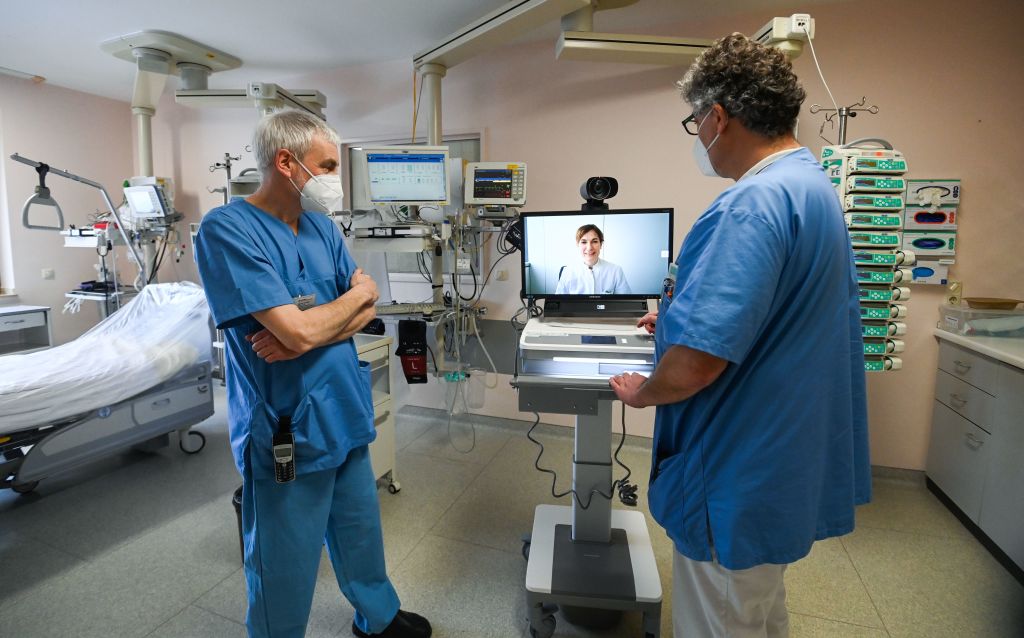
Before the pandemic, online delivery of healthcare services was limited. In 2015, remote consultations accounted for just 1% of doctors’ visits in the US, despite widespread internet use. But, by forcing patients in lockdown to consult their doctors online, Covid-19 has set the stage for a telehealth boom, according to recent data from CBI Insights.

Global telehealth companies have attracted record investment since the beginning of the pandemic in March 2020, according to the State Of Healthcare Q1’21 Report by CB Insights. The first quarter of this year was the most successful for the industry to date, with companies raising $4.2bn in equity worldwide.
The number of equity deals grew by 10% on a quarterly basis to 139 deals across the record 32 countries. The US was undisputed as the leading market for telemedicine investment, with 72 deals, followed distantly by the UK with eight.
Six telehealth companies rose to unicorn status, surpassing $1bn in market capitalisation – Hinge Health, DispatchHealth, K Health, Innovaccer, Modern Health and Evidation.
Along with purely remote health service providers, hybrid in-person/virtual care companies were also able to close late-stage mega-rounds. Primary care network Forward, integrated care servicer Crossover and new-fledged home care unicorn DispatchHealth all secured D-Series funding ranging from $168–$225m.
This investment boom follows what Ido Schoenberg, CEO of Boston-based telehealth company Amwell, described as a “tectonic market shift” in the market’s view of telemedicine from a service to a platform.
And it reflects growing acceptance of remote healthcare delivery by both patients and practitioners. A survey by the American Medical Association and the Covid-19 Healthcare Coalition reveals a high level of satisfaction with telemedicine among US patients, with 79% reporting they were very satisfied with the service they received during their last telehealth visit, and 73% saying they will continue to use telehealth services in the future. The survey also found that 68% of doctors feel personally motivated to use more virtual services in their practice, and 71% believe their organisation’s leadership is motivated to do so.
Healthcare savings from telemedicine
With patients and physicians increasingly appreciative of the benefits of telehealth, Juniper Research predicts that it will be able to save the healthcare industry some $21bn in costs by 2025, up from $11bn in 2021.
These savings, however, would likely be restricted to countries with well-developed internet infrastructure and good access to connected devices, meaning that Europe and North America would account for more than 80% of teleconsultation-linked cost reductions by 2025, Juniper estimates.
Other obstacles could slow adoption, such as patient hesitancy or low digital literacy. Patients with audio, visual and motor impairments would need special accommodations to use virtual care.
And then comes the elephant in the room: security. Cyberattacks targeted at healthcare providers have grown during the pandemic, in part due to the value of patient data. These attacks could expose not only patients to privacy breaches and identity theft, but could also cause physical harm too, if hackers were to tamper with diagnostic data.
Nevertheless, the pandemic has proved the case for telemedicine – a technology that had long fallen short of its potential – and investment has lined up to help resolve these challenges.






